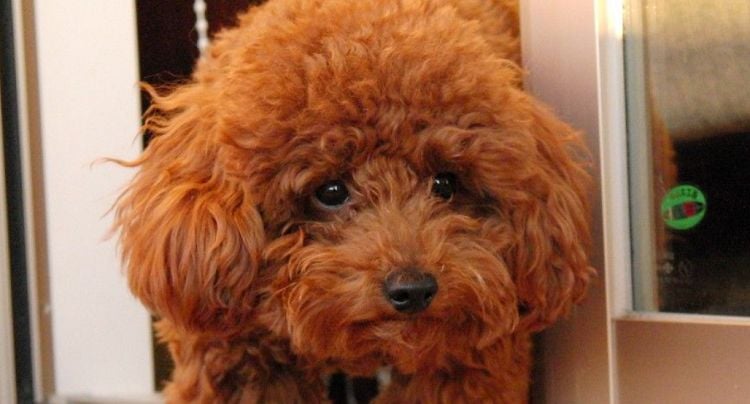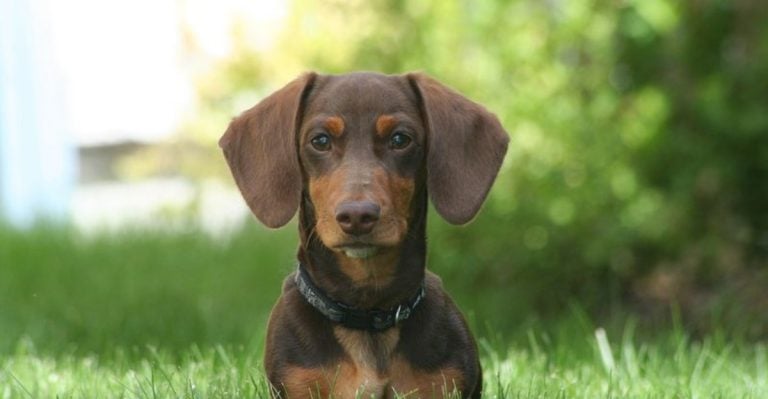15 Commands To Teach Your Dog Before They Turn One
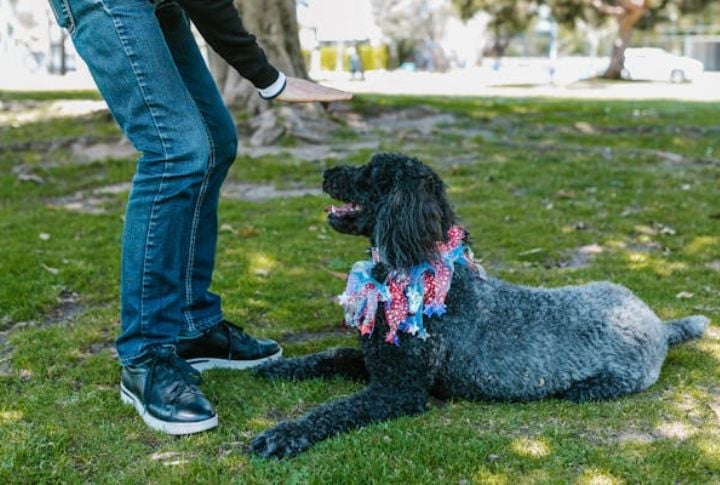
Training a puppy isn’t just about treats and high-pitched praise; it’s about building a language that the two of you can share. When your dog blows out their first birthday candle (or chases it), there are specific instructions they should be used to. These commands will help create a bond based on communication and mutual understanding.
Come

First things first—start with this before stepping outside. When you say “come,” your dog should dash toward you like it’s the best part of their day. Start indoors, then slowly add distance. Use an upbeat tone and reward big to make returning feel like victory.
Touch
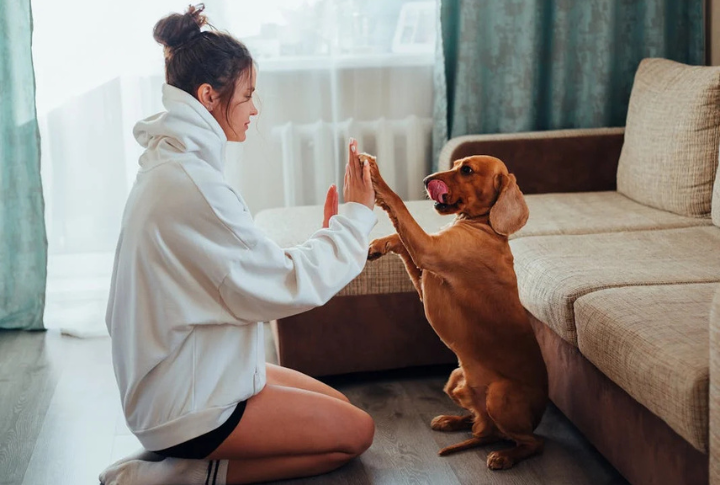
Say “touch” as you hold your hand, and your dog will learn to boop it with their nose. However, reward instantly. This playful cue builds confidence and turns nervous moments, like vet visits, into simple games. It’s communication and fun rolled into one.
Go Potty
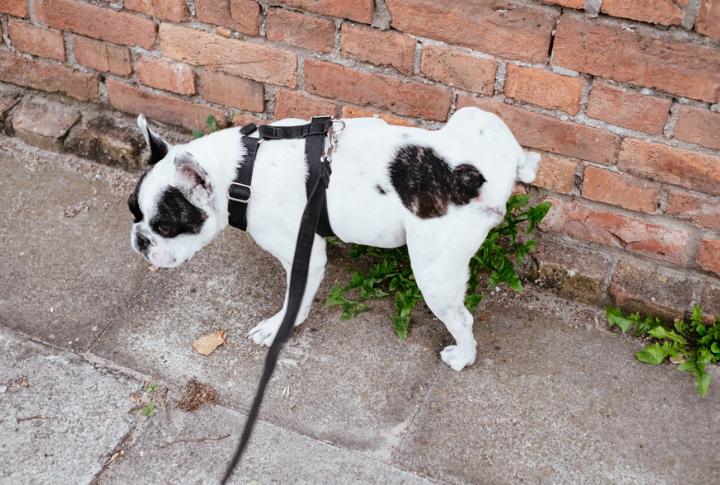
Choose a cue, such as “go potty” or “do your business,” and pair it with consistent timing and immediate praise. Apply it only when the urge is apparent to avoid confusion. This simple command speeds up house training and adds predictability, turning bathroom breaks into reliable routines.
Sit
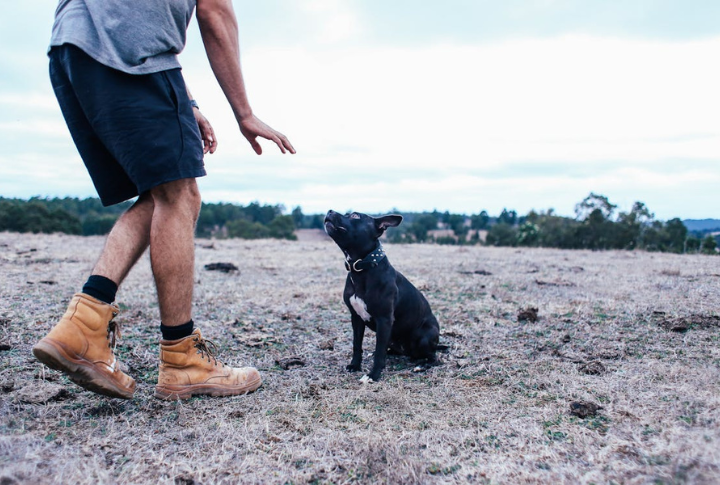
You don’t want a situation where your dog greets guests like a flying tackle. “Sit” keeps all four paws grounded and behaviors in check. Catch it as their bottom lowers, then name it. Over time, it redirects wild energy into calm readiness, like flipping a switch.
No
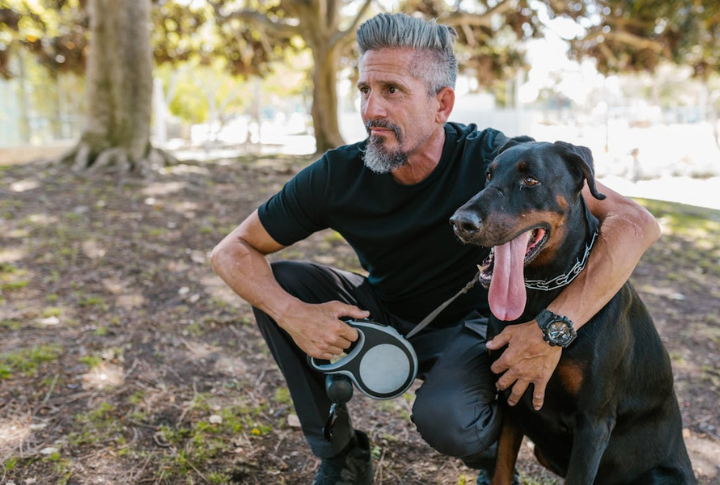
Every dog must understand boundaries; “no” helps draw that line. This command should be used firmly but calmly when you redirect unwanted behaviors like chewing shoes or chasing cats. Well-timed commands are everything: say it when the behavior starts, then offer a better option.
Stay
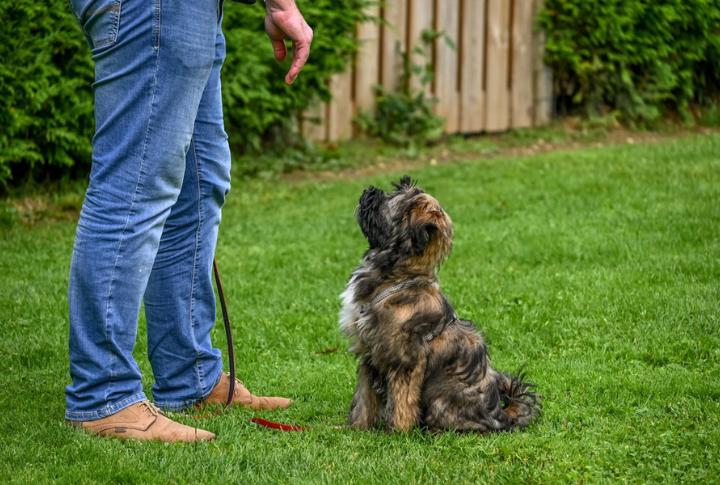
Stillness is a skill, and it doesn’t come naturally. Therefore, start with just one second, then stretch the duration over time slowly. Utilize a firm voice and a flat palm as your cue. “Stay” turns a bouncing pup into a calm statue, which will hold it steady until you say otherwise.
Wait
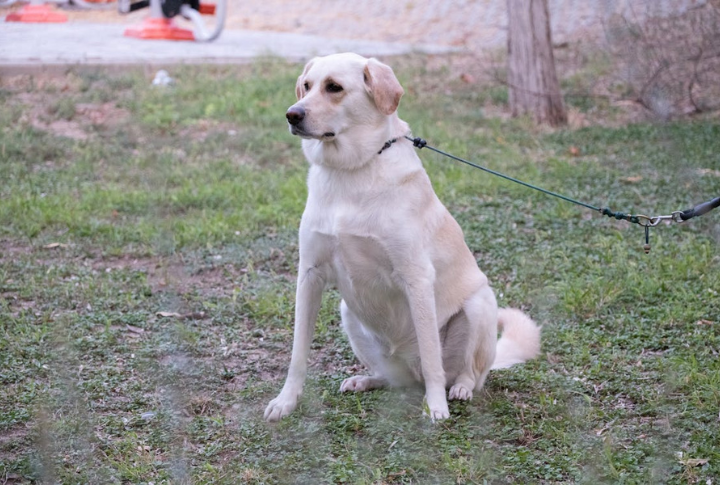
Imagine opening the door, and your dog shoots out like a rocket. “Wait,” steps in before danger does. Apply it at thresholds, on curbs, or while placing meals. Unlike “stay,” it’s about pausing, not holding position. Practice it now so you have fewer close calls later on.
Heel
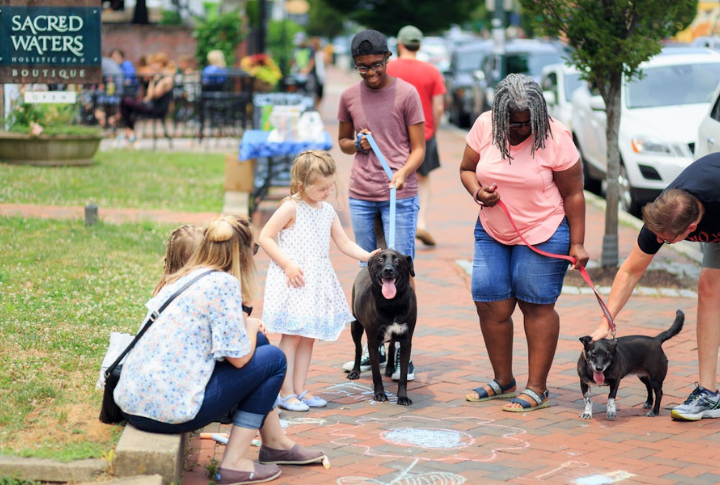
Crowded sidewalks require grace. “Heel” teaches your dog to walk politely at your side without lunging or zigzagging. Begin in low-distraction areas and reward near your left thigh to shape the position. With time, walks shift from tug-of-war to teamwork, one smooth step at a time.
Leave It

Have you ever wondered why your dog makes a beeline for the nastiest thing on the ground? That’s curiosity at full throttle. “Leave it” teaches your dog to pause instead of pounce. Practice with treats in both hands and reward only when they make the wiser choice.
Go To Your Place
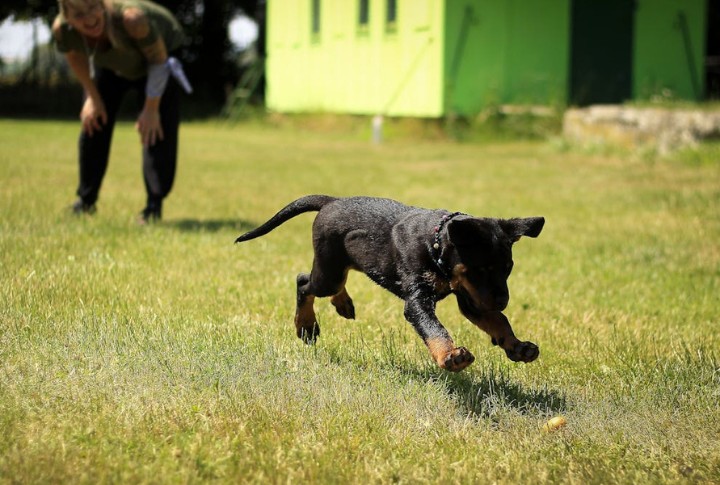
When chaos strikes with doorbells ringing and guests arriving, “Go To Your Place” becomes a reliable command. Start by choosing a mat or bed for your dog, guiding them there with a treat, and rewarding their calm behavior. Over time, the mat becomes their safe haven—even in unfamiliar hotel rooms.
Watch Me
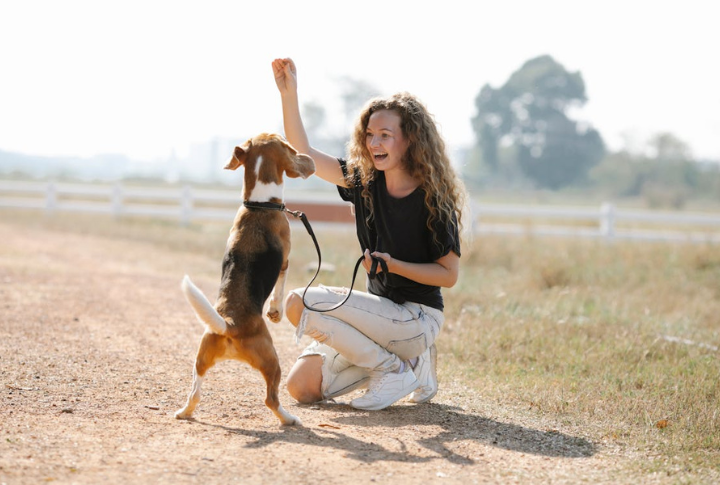
Use “watch me” to break through the noise and skateboarders flying by. Hold a treat near your eyes before you say the cue and reward the glance. That split second of eye contact can be the difference between calm attention and chaos on the sidewalk.
Stand
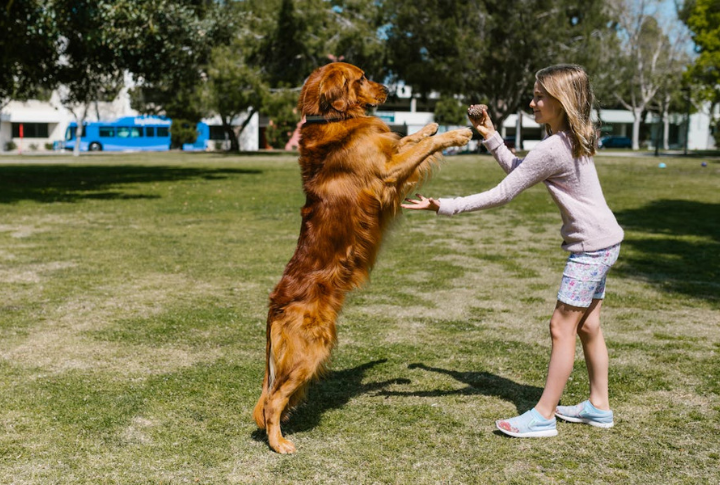
This command keeps your dog upright during vet exams or after muddy adventures. Instill it by gently lifting from a seat, then reward. Add desensitization; light touches on tails and paws. “Stand” builds confidence, especially in anxious or squirmy pups.
Quiet
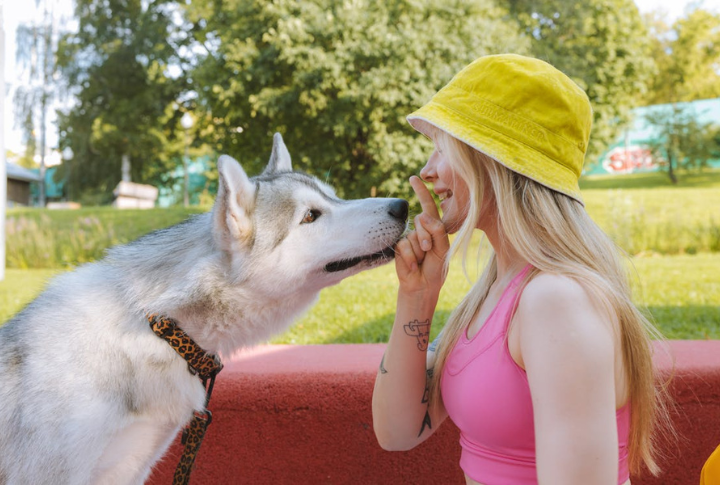
What if your dog knew when to speak and when to zip it? That’s the power of “quiet.” Say it by marking the exact moment your dog pauses, then reward calmly. Pair it with triggers like doorbells or delivery trucks. With repetition, your dog learns barking has an off switch.
Okay
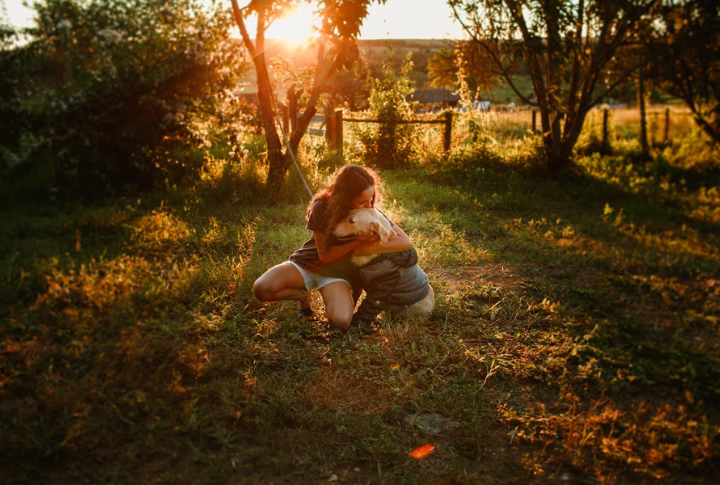
Without “okay,” your dog won’t know when a command truly ends. Use it to signal freedom after sitting or staying. You might be wondering why a release word matters so much. Structure builds clarity, and clarity builds trust in every situation in a pack.
Off
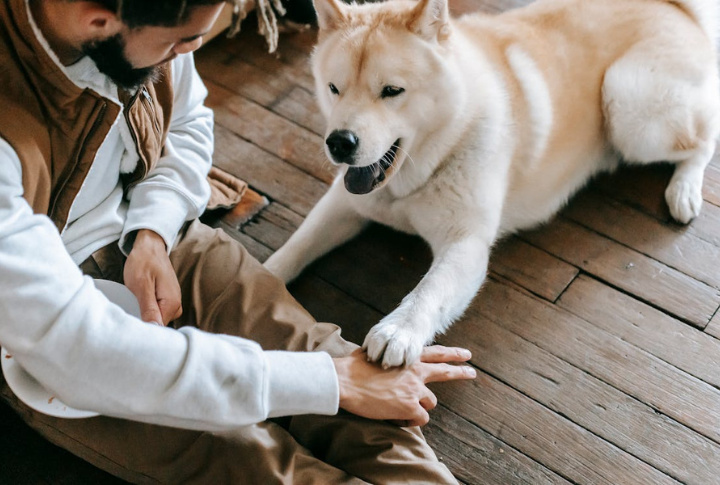
This command prevents scratches and ruined outfits due to accidents before they happen. It’s a movement cue, not a resting one. Employ “off” to tell your dog to return to the ground—whether from furniture or people. Start early, especially before guests come knocking.

